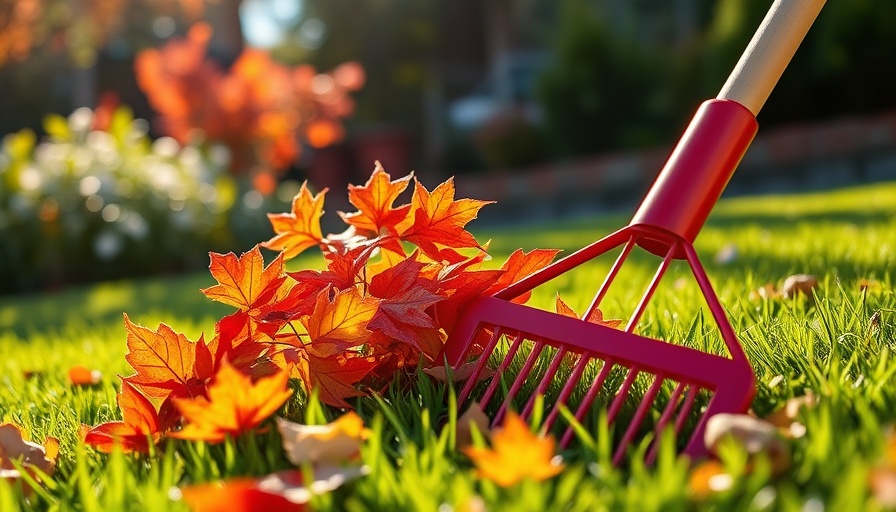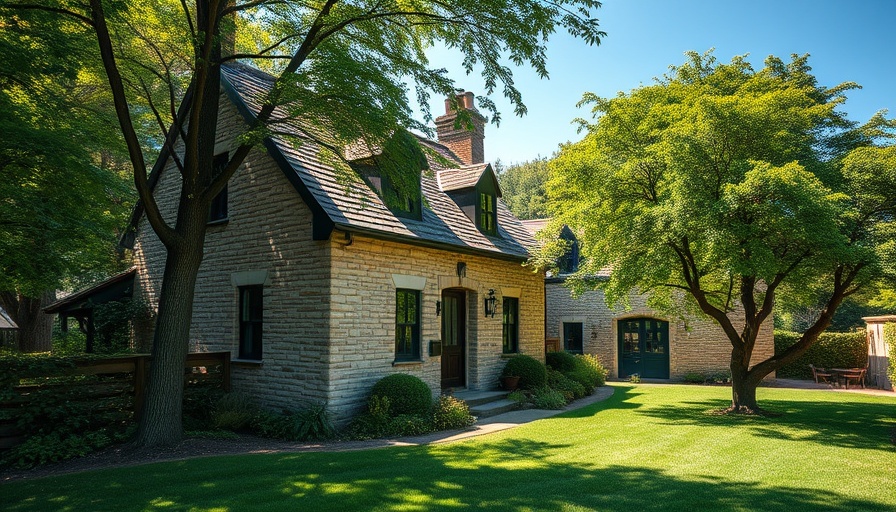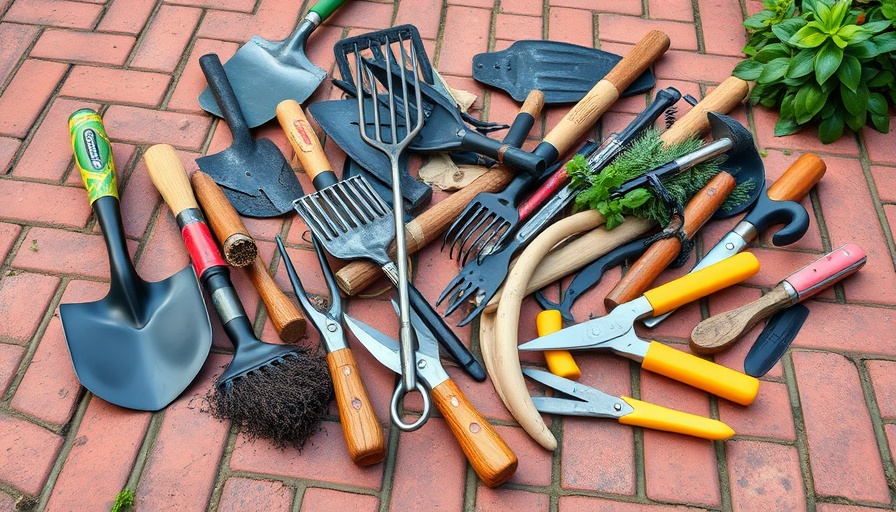
Unlocking the Health of Your Lawn: Dethatching Explained
Dethatching your lawn isn't just a chore; it's an essential part of lawn maintenance that can rejuvenate your yard. For homeowners looking to achieve a lush, green space, understanding the dethatching process is critical. But what exactly is dethatching? At its core, dethatching is the removal of a thick layer of organic matter and dead grass that builds up between the soil and grass blades.
When thatch accumulates beyond a half-inch, it restricts water and nutrients from reaching your grass, leading to various growth issues. Homeowners may notice brown patches or struggle with grass that seems shallow or unresponsive to care. Such warning signs indicate that it's time to take action.
Perfect Timing: When to Dethatch Your Lawn
Most lawns benefit from dethatching every 2-3 years, with the prime times for this maintenance being early spring or fall. This timing optimally aligns with grass recovery, particularly when the roots are still active and capable of growth. The cooler temperatures of early spring mean a quick recovery from the stress of dethatching. Similarly, dethatching in the fall allows the grass to rebuild before winter.
Choosing Your Dethatching Method: Power vs. Manual
Your dethatching approach will hinge on your lawn's size and the thickness of thatch. For the average homeowner, handheld thatching rakes might suffice. However, if you’re dealing with a larger space, renting a powered dethatcher can be a game-changer. These machines simplify the process and typically range from $10 to $60 for an afternoon’s rental. Keep in mind that powered dethatchers may require a little more expertise, including learning how to operate the machine safely and efficiently.
Your Essential Dethatching Toolkit
Before you begin, gather your tools: a dethatching rake for manual efforts, a leaf rake for cleanup, and if necessary, a powered dethatcher. Ensure you also have lawn bags for collecting thatch debris. These essential tools will facilitate an efficient dethatching process, greatly minimizing potential problems or frustrations.
Step-by-Step Guide to Dethatching Your Lawn
Step 1: Preparation is Key
Start by mowing your lawn to approximately half its regular height. This shorter grass will make it easier for your dethatching equipment or rake to get in and effectively remove thatch without harming the grass below.
Step 2: Utilizing a Powered Dethatcher
If using a powered dethatcher, clear the area of any objects and engage the machine's blades. You'll want to make overlapping passes across your lawn, moving back and forth methodically. After the dethatching is complete, use a leaf rake to collect and bag up the thatch.
Step 3: Techniques for Manual Raking
When you opt for a manual dethatching rake, angle is everything. Adjust the rake's blades to penetrate the grass effectively. Start with a gentle angle to limit potential harm to your lawn, and gradually adjust for better thatch removal as necessary.
Enhancing Your Lawn Post-Dethatching
Once you’ve completed dethatching, consider overseeding your lawn. This process involves spreading new grass seeds to fill in any bare spots. Additionally, aeration can complement your dethatching efforts, further promoting growth by improving oxygen and nutrient absorption in the soil.
What Are the Risks of Not Dethatching?
Ignoring thatch issues can lead to compaction of the soil and ultimately hinder the grass's ability to draw in nutrients. A lawn that isn’t regularly dethatched may also become more susceptible to pests and diseases, which can create costly issues for homeowners down the line. Therefore, regular maintenance is as important for your lawn’s health as watering and fertilizing.
The Emotional Rewards of Lawn Care
For many homeowners, a healthy lawn represents pride in their property, a sense of accomplishment, and an invitation to enjoy outdoor spaces with family and friends. By understanding and executing proper dethatching methods, individuals can significantly enhance the beauty of their homes while promoting an engaging landscape for years to come.
Ultimately, taking the time to properly dethatch your lawn can return long-term dividends in visual appeal and gardening satisfaction. So roll up your sleeves, gather your tools, and get ready to enjoy the fruitful outcome of a vibrant, healthy lawn!
 Add Row
Add Row  Add
Add 



Write A Comment